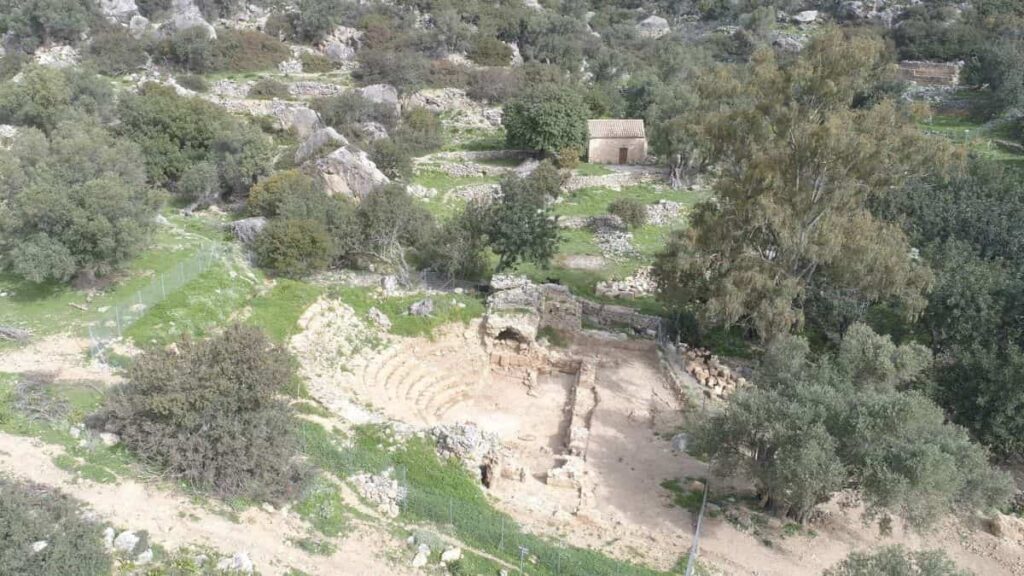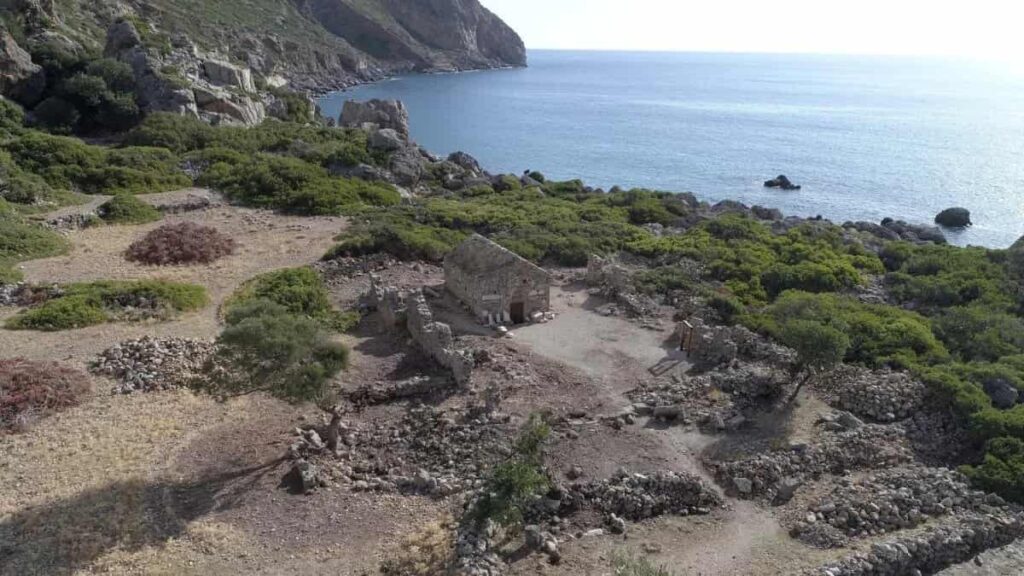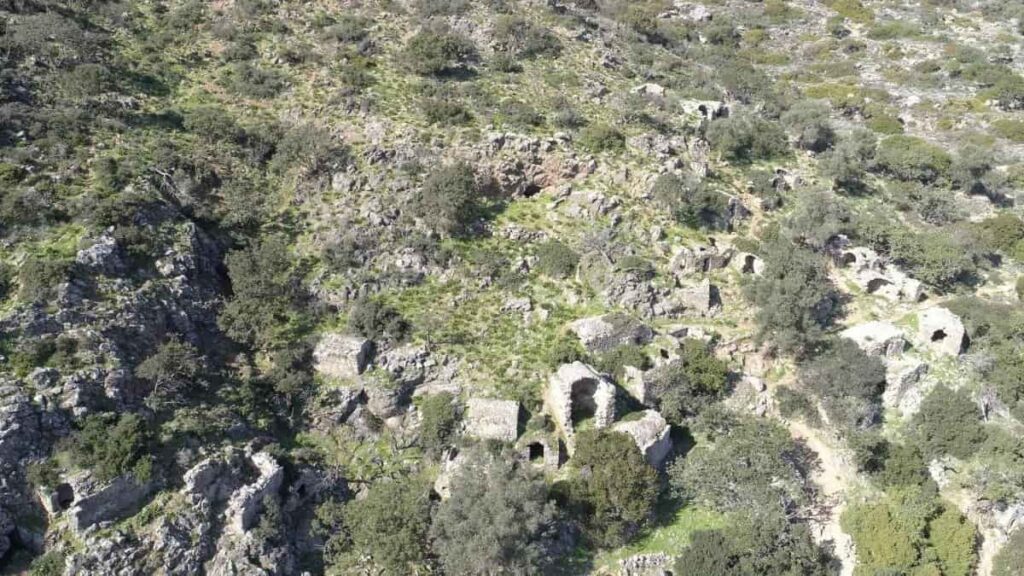Roman Era Odeon Unearthed in Crete’s Ancient Town of Lissos
Tucked into a mountain-ringed cove in southwest Crete are the ruins of Lissos, an ancient town whose archaeological remains are accessible only by sea or a long hike. Because of its isolation, Lissos had not been investigated by archaeologists for several decades. New work at Lissos, though, has uncovered an odeon, similar to a modern auditorium and indicative of the prosperity of the town.
Previous research showed that Lissos was inhabited long before its name made it into history books in the fourth century B.C. Its location across the Mediterranean Sea from Cyrene, a major ancient Greek city in present-day Libya, likely meant that Lissos was an important stop on Mediterranean trade routes.
Structures from various periods at Lissos are relatively well preserved, including a unique temple to Asclepius, the ancient Greek god of medicine; a residential area; an impressive cemetery with two-story tombs; Roman baths; and Christian churches.

Archaeologists have now added an odeon to this list of structures following the first excavation at Lissos in more than half a century.
Katerina Tzanakaki, deputy head of the Department of Prehistoric and Classical Antiquities and Museums at the Ephorate of Antiquities of Chania, directed the new project and told Live Science in an email that odeons “were used for lectures, literary and musical contests or theatrical performances.”
In the first phase of the odeon’s excavation, Tzanakaki and her team found part of the stage, 14 rows of seats and two vaulted side chambers.
The odeon dates to the Roman period, roughly the first to fourth centuries A.D., a time when the sanctuary to Asclepius at Lissos was transformed into a political center with a new mosaic floor and portraits of the Roman emperors Tiberius and Drusus.

Unfortunately, the odeon was heavily damaged in antiquity by large falling boulders, likely as the result of a powerful earthquake in A.D. 365.
Jane Francis, a classical archaeologist at Concordia University in Montreal who was not involved in this project, explained in an email to Live Science that “a tsunami with destructive force as far away as Alexandria, Egypt, was associated with the earthquake.
The whole site of Lissos was uplifted by several meters, so the town would have been larger than today and the theatre thus closer to the coast.”
As the odeon was adjacent to the city center, Tzanakaki thinks it also might have operated as a bouleuterion, a building for meetings of the city council. Francis and her husband, George W. Harrison, a classical archaeologist at Carleton University in Ottawa, told Live Science by email that the size and date of the building mean that it was most likely an odeon, but the fact that “it was designed and used as a covered theatre does not preclude secondary use as a council house.”

While the precise definition of the newly uncovered building may have to wait for future work, “the discovery of a public service building at a central point of the ancient city, near the temple to Asclepius, adds new information to the archaeological and historical horizon of the area,” according to a translated statement from the Hellenic Ministry of Culture and Sports. Francis and Harrison agree that the discovery is rare. “There aren’t many well-preserved theatres on Crete and even fewer bouleuteria,” they said.
Future work will help Tzanakaki determine whether there was an outside wall supporting the odeon, and that finding will influence the restoration work. In the meantime, the archaeological site of Lissos remains open to the public; it is accessible by a short boat trip or a two-hour hike from the nearby town of Sougia.




